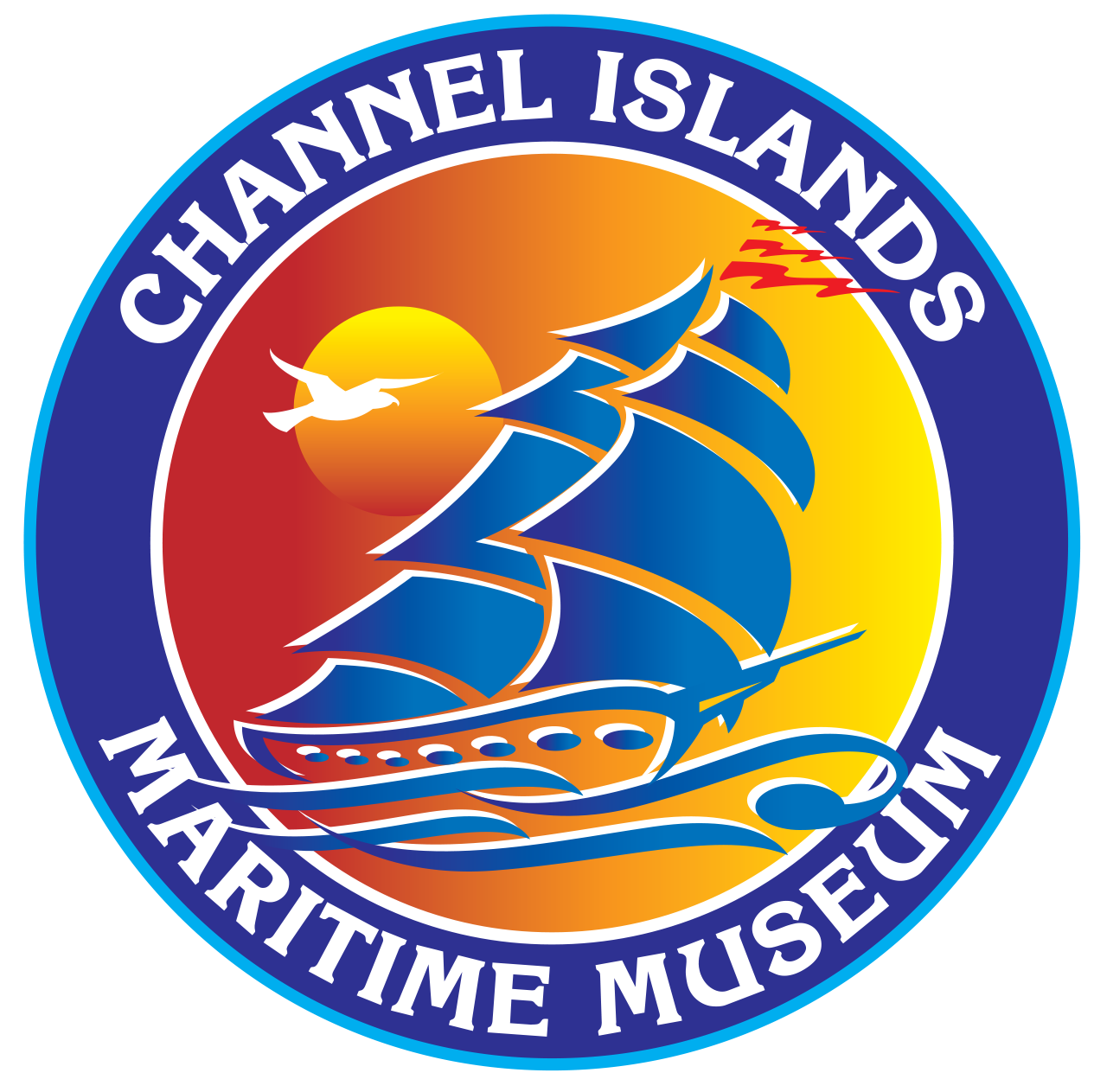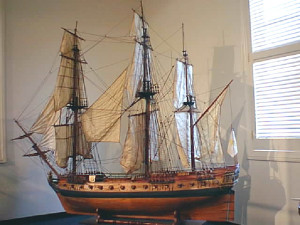Location: Gun Deck
The Ship
A 28-gun frigate, La Flore was designed and built in America in 1776, but because the American Revolution ended, she was sold to the French where she became a successor to a long line of frigates of the same name. The first was built in 1716.
In 1728, a new frigate with the same name appeared. In 1742, with Boree and Lauilon, she met and successfully defended herself against English ships in the Straits of Gibraltar. In 1744, La Flore formed part of the combined French and Spanish fleet of 27 sail which engaged 29 English ships off Toulon, off the south coast of France, in which only one French ship was lost to Sir Edward Hawke because of confusion and bickering in the English command.
A new Flore appeared in 1768 and went on an important scientific expedition in 1771. Many members of the French Royal Academy of Science and the Marine Academy were on board. Their object was to test marine watches and compare different methods of determining longitudes. She also took part in 1781 in the expedition of Minorca [Menorca] (an island in the Mediterranean about 150 miles southwest of Barcelona, Spain) during which the English governor of the island surrendered to the Spanish.
The model here is of the American-built ship taken from plans in the Paris Museum, and shows the graceful lines which were later to make the USS Constitution and USS Constellation, with four other American-designed frigates, the fastest and ablest ships of their type.
The Model
Solid hull by J. Stephen Murray circa 1987.
H 66” L 73” W 17”

